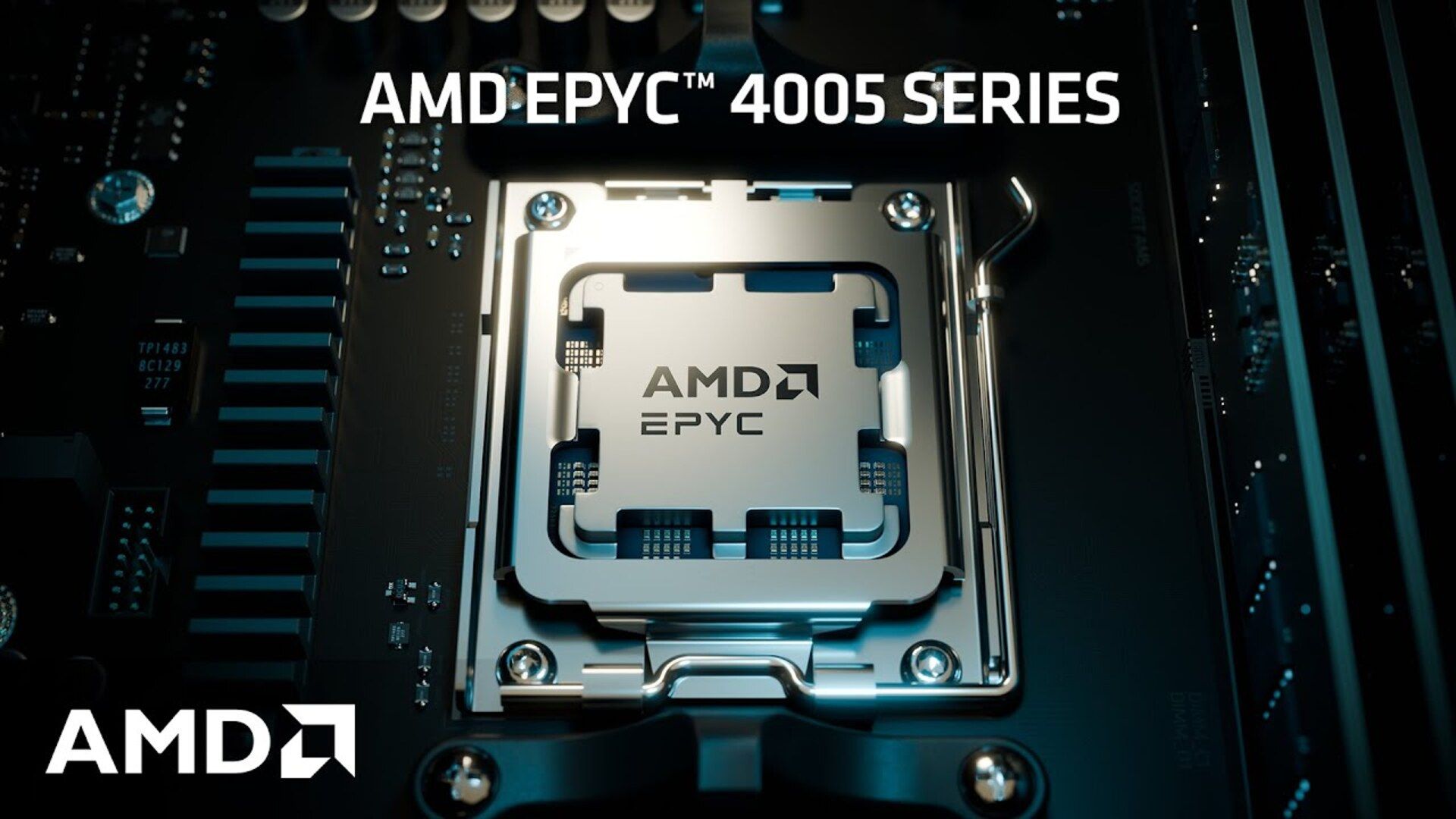AMD’s EPYC 4005 Series Demonstrates Significant Performance and Efficiency Gains
AMD has made a notable leap in server processor technology with the release of its EPYC 4005 series, particularly the EPYC 4585PX model. This chip, part of the “Grado” series, has shown remarkable performance improvements over older models such as the EPYC 7601. The results from various benchmarks highlight that the newer design not only outperforms its predecessors but also offers better energy efficiency, making it an attractive option for a wide range of users.
Performance Per Watt Improvements
One of the most significant aspects of the EPYC 4585PX is its improved performance per watt. According to testing conducted on Ubuntu 25.04, the chip delivered 2.69 times the performance of the original EPYC 7601, despite having fewer memory channels and a more compact setup. When adjusted for power consumption, the improvement becomes even more impressive, with the newer chip being 2.85 times more efficient. This suggests that AMD has made substantial advancements in both architecture and design efficiency.
A New Benchmark for Server Efficiency
The performance gains are not just about raw power; they also represent a shift in how server efficiency is measured. The EPYC 4585PX, while not part of the high-end EPYC 9005 family, offers a lower-cost and power-efficient alternative. This makes it appealing for users who are looking for premium performance without the associated high costs or power demands.
Key Findings from Benchmarks
Several key findings emerged from the extensive benchmarking:
- Performance: The EPYC 4585PX significantly outperformed the EPYC 7601 across a variety of workloads, including server tasks, HPC, scripting, media encoding, and compilation.
- Power Consumption: While the overall system power usage improved, with the newer platform using 225W compared to 238W for the older Naples server, the CPU-level measurements were less conclusive. The average CPU consumption was 153W for the EPYC 4585PX and 141W for the older 7601.
- Memory Configuration: Despite using just two DDR5 DIMMs, the EPYC 4585PX managed to outperform the eight-channel memory performance of the EPYC 7601 in most workloads. This indicates that memory bandwidth is no longer the sole determinant of performance.
Implications for Different User Groups
For those interested in green infrastructure, especially small business operators or SOHO setups, the lower idle draw of the EPYC 4585PX could be more relevant than full-load comparisons. The chip’s ability to deliver strong performance while maintaining low power consumption makes it an ideal choice for environments where energy efficiency is a priority.
Future Prospects and Market Impact
The data suggests that AMD’s low-cost EPYC 4005 chips may now outperform former flagships without breaking the bank or the power budget. This development is likely to have a significant impact on the market, especially for entry-level infrastructure deployments. The upcoming comparison with EPYC 9005 chips promises even greater gains, further solidifying AMD’s position in the server processor landscape.
Conclusion
The EPYC 4005 series represents a major step forward in server technology. With its combination of performance, efficiency, and affordability, it offers a compelling alternative to more expensive processors. Whether you’re building a NAS system, optimizing a web hosting solution, or seeking a cost-effective server upgrade, the EPYC 4585PX provides a strong case for consideration. As AMD continues to innovate, the future of server hardware looks increasingly promising.







